Environment Awareness
Environment Awareness Campaign
Rationale and broad objective of the Environment Awareness Project:
We live in the environment and use resources like air, land, and water to meet our needs. Development also means meeting the needs of the people while protecting the same resources which we use.
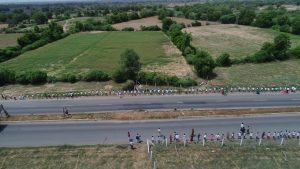
While meeting the growing needs, we exploit the environment. When the exploitation imbalances the environment, it creates a serious problem of environmental degradation. Also using any environmental non-renewable resource beyond its limit of replacement, we may lose it forever. Therefore, there is a need to create awareness in young generation about environmental protection. Integrated inter-disciplinary and holistic education needs to be provided to all sections of the population. It would first all require new approach to education which cut across different subjects in schools. To address upcoming environmental issues of the Sanand Taluka, Manav Seva Trust is active to spread environment awareness in the area. Manav Seva believes that Environmental awareness programmes are important because it fosters a sense of connection to the natural world, promotes sustainable development and encourages conservation of irreplaceable natural resources and vulnerable plant and animal species. Manav Seva Trust is believes in providing environmental education to the school children as it is a process that allows individuals to explore environmental issues, engage in problem solving, and take action to improve the environment. As a result, individuals develop a deeper understanding of environmental issues and have the skills to make informed and responsible decisions. In the year 2019-20 with the support of the Tata Motors Limited, Manav Seva reached 48 schools of the Sanand Block to do environment awareness activities with more than 12000 school children.
Scope of the Project
It has been estimated that when one tree is cut, in monetary terms there is loss or Rs. 33 lakhs (oxygen worth of Rs. 5.3 lakhs, Land Fertility of Rs. 6.4 lakhs, Rs 10.5 lakh for reduction of population of atmosphere and Rs. 5.3 lakh towards Flowers/ Fruits and habitation to birds-animals). But the benefits that accrue to mankind when a tree is planted cannot be measured in money and is priceless. The objective of providing environmental awareness is students should become aware, acquire knowledge, develop attitudes, skills and abilities and be able to address environmental problems.
- To promote environmental awareness among students;
- To facilitate development of education/training materials for environment awareness and aids in the formal education sector;
- To promote environment education through innovative educational/scientific/research methods;
- To use different media including films, audio, visual and print, theatre, drama, advertisements, hoarding, posters, seminars, workshops, competitions, meetings etc. for spreading messages concerning environment and awareness; and
- To mobilize people’s participation for preservation and conservation of environment.
Process followed by Manav Seva Trust
Baseline survey: In the initial stage Manav Seva Trust carried out baseline survey to get an idea about existing understanding about the environment topic among school children.
Development of activity module: Manav Seva team developed environment base activity module for the school children.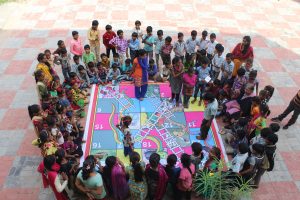
Training of Trainers: Training was provided to the members of the Manav Seva team and selected school teachers to conduct various activities with children in an effective and interesting manner.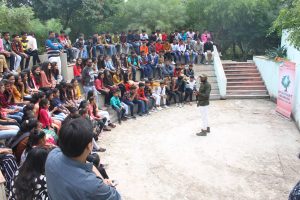
To carry out activities with school children: Various activities conducted with school children
Some of these activities are
| Drawing | Elocution competition | Essay writing | Science end environment quiz | Slogan writing |
| Wall painting | Rally | Snake and ladder game | Science fair | Web of life game |
| Mud work | Making best out of waste | Craft work making animal figures | Soil erosion activity | Balmela |
| Leaf recognition game | Bird recognition | Seed collection | Save electricity activity | Activity to Understand importance of biodiversity |
| Plantation | Recognizing marine life | Personal hygiene exercise including hand washing | Herbarium activity | Songs |
| Exhibition | Play cards | Talks | Vegetable printing | Storytelling |
To carry of exposure visits for school children : Exposure visits gave them opportunity to experience the nature.
| Sr. no | Place of the visit | Leaning opportunity |
| 1 | 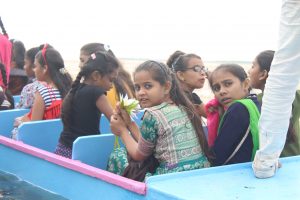
Nalsarovar Bird sanctuary |
Children participated in the exposure visit which was organized at the Nalsarovar Bird sanctuary. Some of the activities students participated were talks, songs, leaf identification, exhibitions, bird identification |
| 2 | 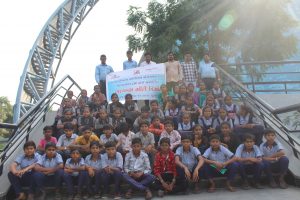 Science city Science city |
Children had an opportunity to enhance understanding about universe and astronaut .There children enjoyed viewing 2 types of 3 D movies. One was moon walk and another of life of lemur. Also had an opportunity to visit Hall of science, life science park, energy education park, electrodom to get the knowledge of electricity and energy, planet earth pavilion and interactive computerized panel, climate change, science books |
| 3 | 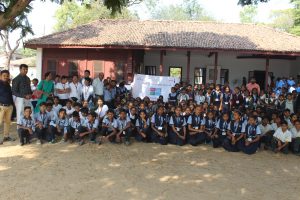
Gandhi Ashram |
At Gandhi Ashram children hand an opportunity to understand simplicity of Gandhi and how Mathma Gandhi lived environment friendly life. Gandhi use to say “My life is my message”. |
| 4 | Environmental Sanitation Institute | This visit gave an opportunity to understand water and sanitation aspects through games and exhibitions and water conservation and rain water harvesting demonstrations and low cost latrine. Nandinivan a mobile vehicle to spread awareness about environmental sanitation among villagers. |
| 5 | Heritage walk |
Sidi saiyyed mosque, Sarkhej roza, Rani no Haziro, Badshah no Haziro, Fernandez Bridge, Doshivadani Pol, Kavi Dalpatram Chowk, Lambeshwar Ni Pol, Julta Minara, Dilhi Darwaja, ManekChalk, Swami Narayan Temple, Kalupur, Ellis bridge |
| 6 | Marine camp at Beyt Dwaraka | Some of the activities children participated at Beyt Dwaraka Bird watching, Sun Bathing, Sea Swimming, Sand bath ,orientation to marine life ,camp fire, beach sports, Exploring Dlophine life , Experiencing sun rise and sun set, Thrilling experience of viewing coral reef, To live with sea eagle and star fish, Star gazing ,playing with nature ,mud bath , sailing in boat ,sleeping in tents ,learning about wind mill and wind energy ,travelling through train and what not. |

To conduct end line survey: To evaluate the project end line survey was carried out by the Manav Seva team at the end of the project.
Monitoring meetings:
TML team did project monitoring meetings at the regular intervals. This was to monitor project progress and output. Manav Seva team incorporated all the all the suggestions in the project implementation given by TML team.
Sustainability: Manav Seva team formed Eco clubs in schools to ensure sustainability of the project. Manav Seva team ensures that eco club members remain active even after the project. Eco club members did awareness drive during critical periods
- Eco club members did treatment of the injured birds during kite flying festival.
- During Ganapati festival eco club members spread message to promote eco-friendly
- During holi festivals they spread message of playing with natural color in place of artificial color.
- They also keep joining plantation drive carried out by the Manav Seva Trust.
- Concepts and topics covered: During the project implementation cycle students were delivered knowledge and information about following environment related topics
- Water: Water conservation, rain water harvesting, to stop water wastage, water recycling, ground water recharging, storm water management etc.
- Energy: Knowledge about renewable and non renewable energy sources which includes Solar energy , wind energy, geothermal energy, hydrogen energy, tidal energy, wave energy ,hydroelectrict energy, biomass energy, nuclear energy and in addition fosil fuel.
- Climate change: Impact of climate change on human life, on forest, on water, on agriculture, forests and aquatic ecosystems. How human beings can contribute to reduce the climate change impact by making small differences in own life style for egg: reduce the use of appliances which emits greenhouse gases. Some of these are air conditioner, fridge, carbon emission through four wheelers if PUC not done.
- Waste management : Dry waste, wet waste how long each waste takes to go back to soil. How one can earn using waste preparing organic manure.
- Bio diversity : How ecosystem works, what are the services ecosystems provide to the mankind, habitat of animal, birds etc., what is green infrastructure, what the significance and importance of each creature on this earth?
- Conservation of marine eco system :
- 1. Why it is import net conserve marine ecosystem.
The oceans are a significant source of oxygen for our planet and are instrumental in the capture and storage of carbon dioxide. Marine species provide important ecosystem services such as the provision of food, medicines, and livelihoods. They also support tourism and recreational activities around the world.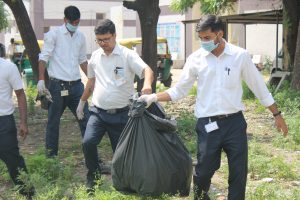
2 How can we conserve marine eco system?
- By reducing energy consumption will reduce carbon foot print
- By making safe, sustainable seafood choices.
- By reducing use of plastic
- By maintaining cleanliness around sea beaches.
- Increasing green cover: Green spaces are a great benefit to our environment. They filter pollutants and dust from the air, they provide shade and lower temperatures in urban areas, and they even reduce erosion of soil into our waterways. These are just a few of the environmental benefits that green spaces provide it
prevents soil erosion, during natural calamities such as floods. Trees are useful to prevent soil erosion. Global Warming is the increase in the earth’s temperature, which can cause melting of ice bergs and in turn cause floods. Global warming is caused due to CO2
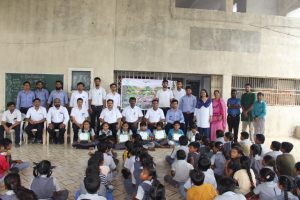 Carbon foot print and hand print: Carbon foot print is the action we take to increase carbon emission and hand print is the action we take to reduce the carbon emission.
Carbon foot print and hand print: Carbon foot print is the action we take to increase carbon emission and hand print is the action we take to reduce the carbon emission.- Importance of maintaining wetlands: wetlands are a critical part of our natural environment. They protect our shores from wave action, reduce the impacts of floods, absorb pollutants and improve water quality. They provide habitat for animals and plants and many contain a wide diversity of life, supporting plants and animals that are found nowhere else.
- Glimpse of the evaluation survey –End line data
| Standard/village and school | Date | Student name | Increased knowledge and understanding |
| 6/ Sanskar Primary school | 3/2/2020 | Gohil Vidhi Ashwinbhai | Importance of trees: Gives us shed, woods, fruits, flowers, medicines and also helps bring rains.
Uses of water: Water is useful for drinking, bathing, cleaning, washing clothes, washing utensils, for farming and very important for maintaining greenery. Plants will not survive without water. |
| 7/ Pava | 3/2/2020 | Patel
Pinjal Maheshbhai
|
Green cover:
Rain will increase if we increase tree cover. Trees provide space to birds for nesting, will give us fruits, timber and fuel wood. Bio diversity: We are able to live healthy life as there are many varieties in fruits and vegetables we consume. She is able to recognize 20 more tree species as she mentioned in her form Types of Pollution Air pollution, water pollution, noise pollution she could name these 3 types of pollution |
| 8/ Melasana Primary school | 30/12/2019 | Makwana
Priyanka b. |
Energy types: Solar, wind, geothermal, hydro power etc. We can prepare food using solar energy. It is possible to use it in more effective manner through greed connectivity.
Cleanliness of sea:Do not throw garbage around sea shore, do not pollute sea water |
| 8/ Sanskar Primary school | 30/12/2019 | Bhaveshkumar Dineshbhai Bhoi | Importance of vegetative cover: It provides us oxygen, stop soil erosion, wood is useful to make home furniture and boat also. Animals can get food. Plants also have medicinal value we can prepare medicine from Neem tree, Eucalyptus, Besil, Habiscus, Ardusi etc.
Name (In Gujarati Language) of few birds now started recognizing Nakta, Saras, Lili tutvari, Nano Kajiyo, Pan pattai, Nadi Buglo, Sarpgriv, Kankansar, RajHans,Tiliyali Batak, Gayno,Gajpao,white wings, jalmanjar, patrongo,kalokoshi,kalkaliyo |
| 8 B/ D G Primary school | 30/12/2019 | Shraddha Ashokbhai Solanki | Important steps to be taken nature conservation: Do not waste water, to make use of clothbags,stop using plastic, do not cut trees, stop air pollution, land pollution, pour water to plants, use bicycle in place of big vehicles,
Pollution: Toxic waste spoils sea water, pond water, and canal water. It also pollutes the air that we breathe in as a result we fall sick and sometimes human beings caught in the very serious illness. My main concern is to stop pollution.
|
| 8 / D G Primary school | 20/01/2020 | Rekha Sureshbhai Thakor | Energy: Sun is the strongest source of energy. Water is another source to produce energy, Charcoal is used mostly by industries, and food is the greatest source of energy for animals including human beings.
About Birds: Birds can be recognized by observing her beak, wings, shapes, size and chirps and tweet. In ancient times birds were useful for sending messages from one place to another. About Animals: Animals can be recognized by its size, horn, tail, ears etc.Some domestic animals are useful to carry our luggage, and Some animal species are endangered as human beings do poaching. |
| 8/Taluka Shala number 2 Sanand | 20/01/2020 | Rehan Salimbhai Ghanchi | Animals: Manav Seva Turst showed us animal play card and I was able to recognize domestic animals and wild animals also. I was able to understand animal behavior and their peculiarity. Also understand that each animal has unique significance and importance in the ecosystem. It was very interesting to know these things through web of life game
Songs and story: Song ‘Jungle hoy to mangal hoy’ was very inspiring. I like learning environment related concepts delivered in an interesting manner through games and innovative activities. Exposure visits: It was an exciting experience to join exposure visits organized by Manav Seva Trust. Thol visit was useful to recognize birds, I leaned new environment related games visiting environmental sanitation institute. Visit to heritage walk and Gandhi Ashram and science city gave me an opportunity for interactive learning.
|


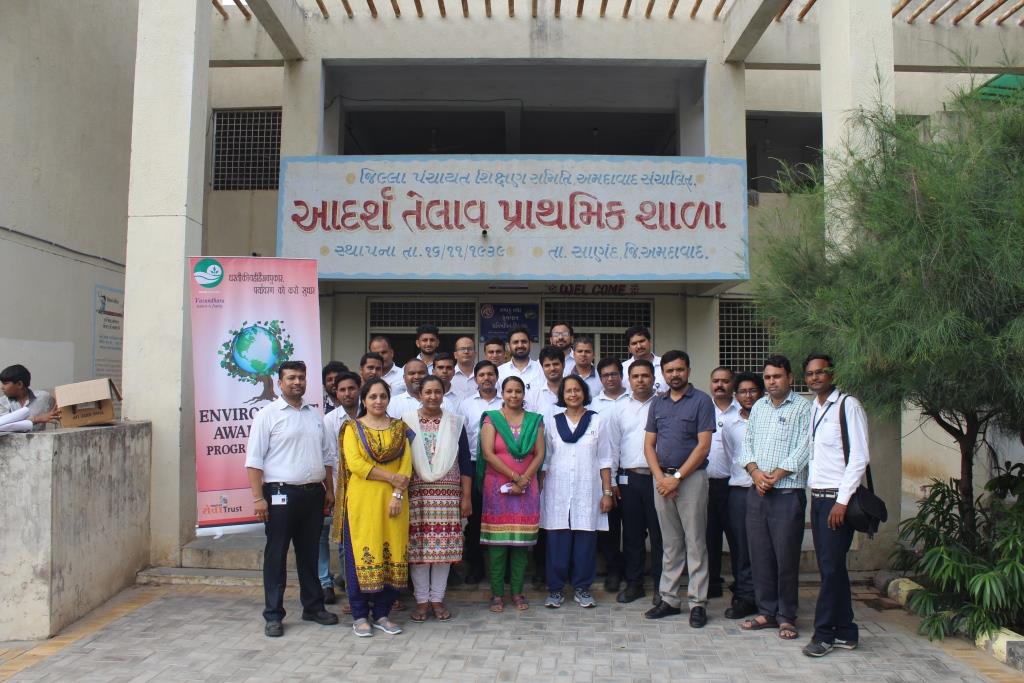
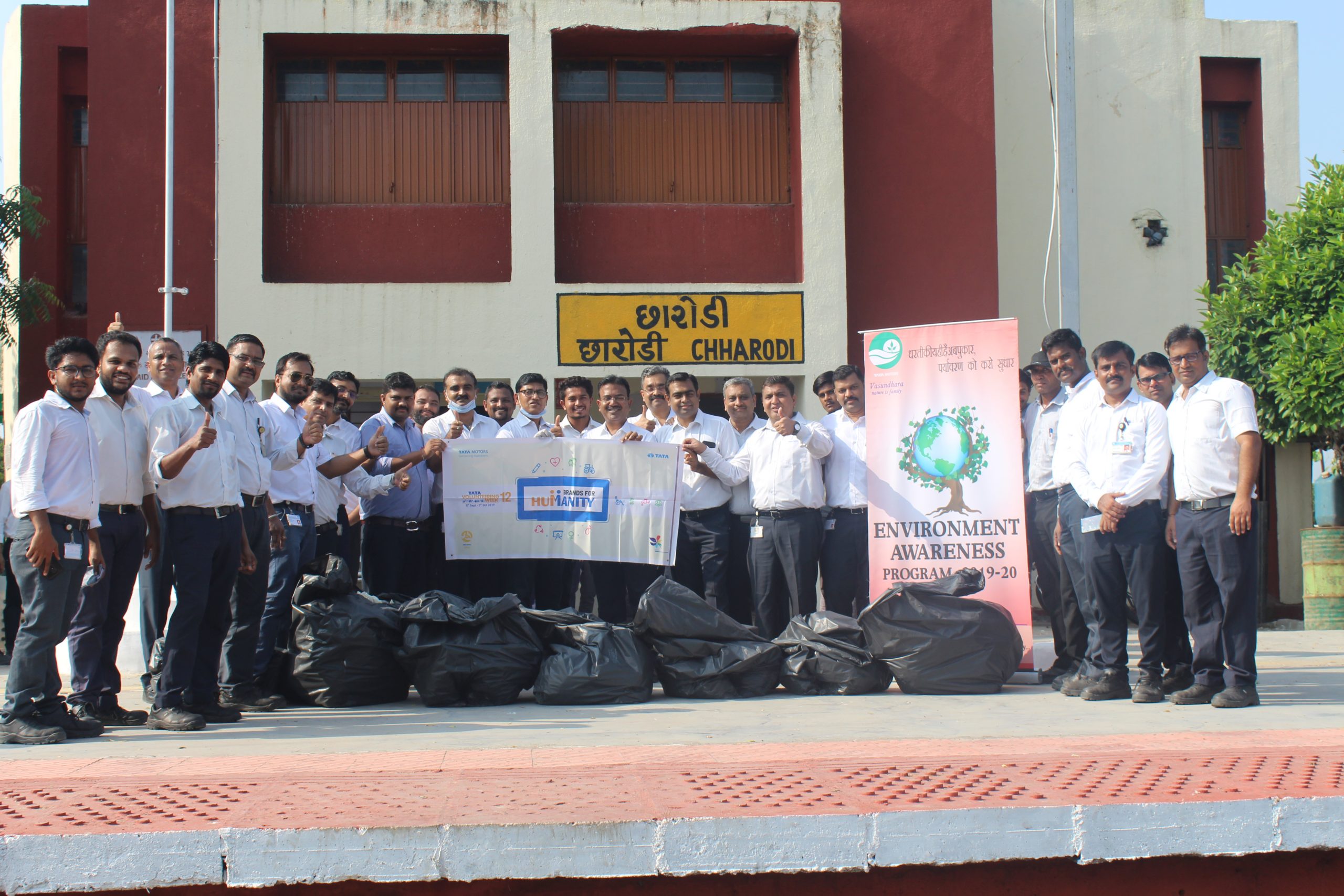
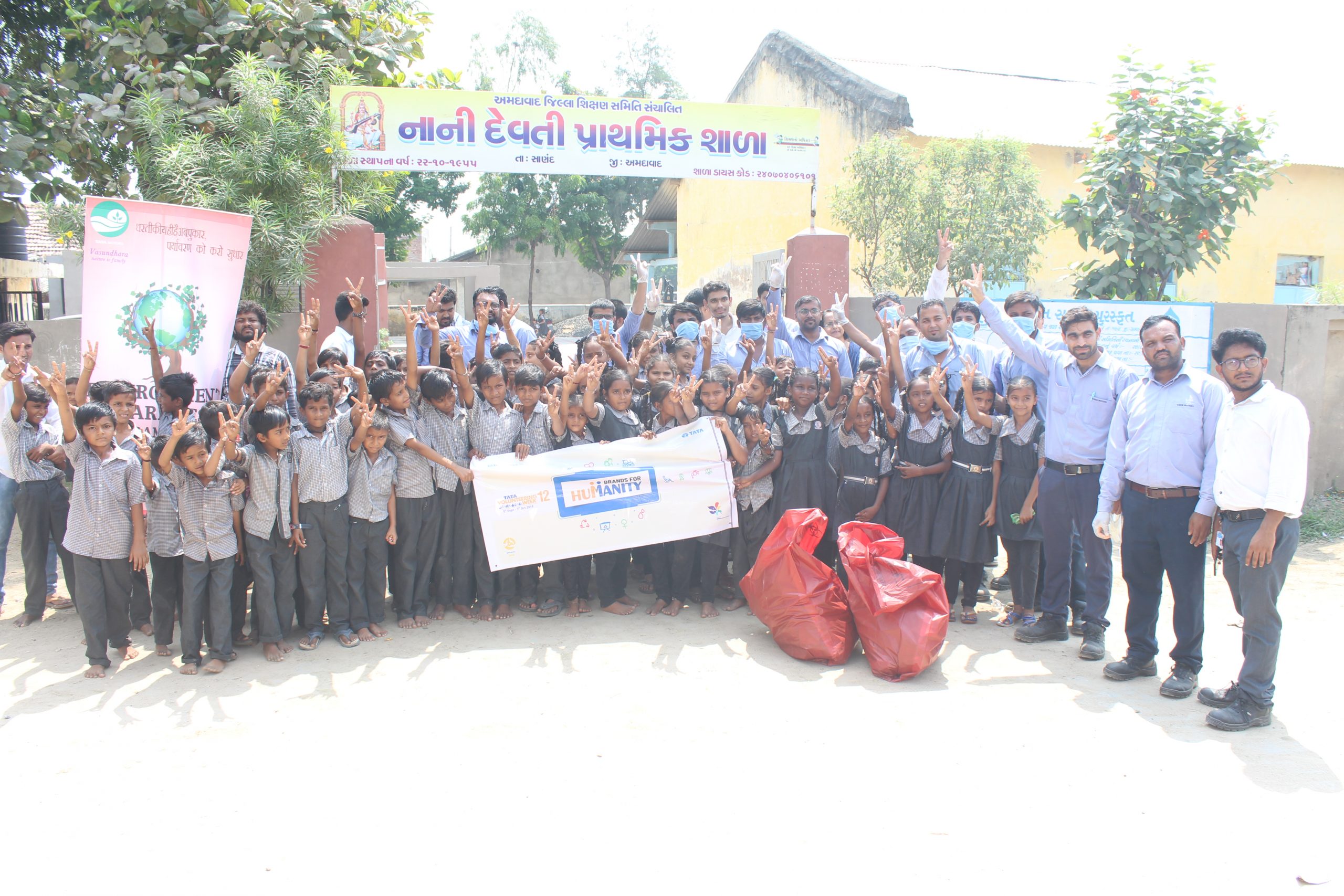
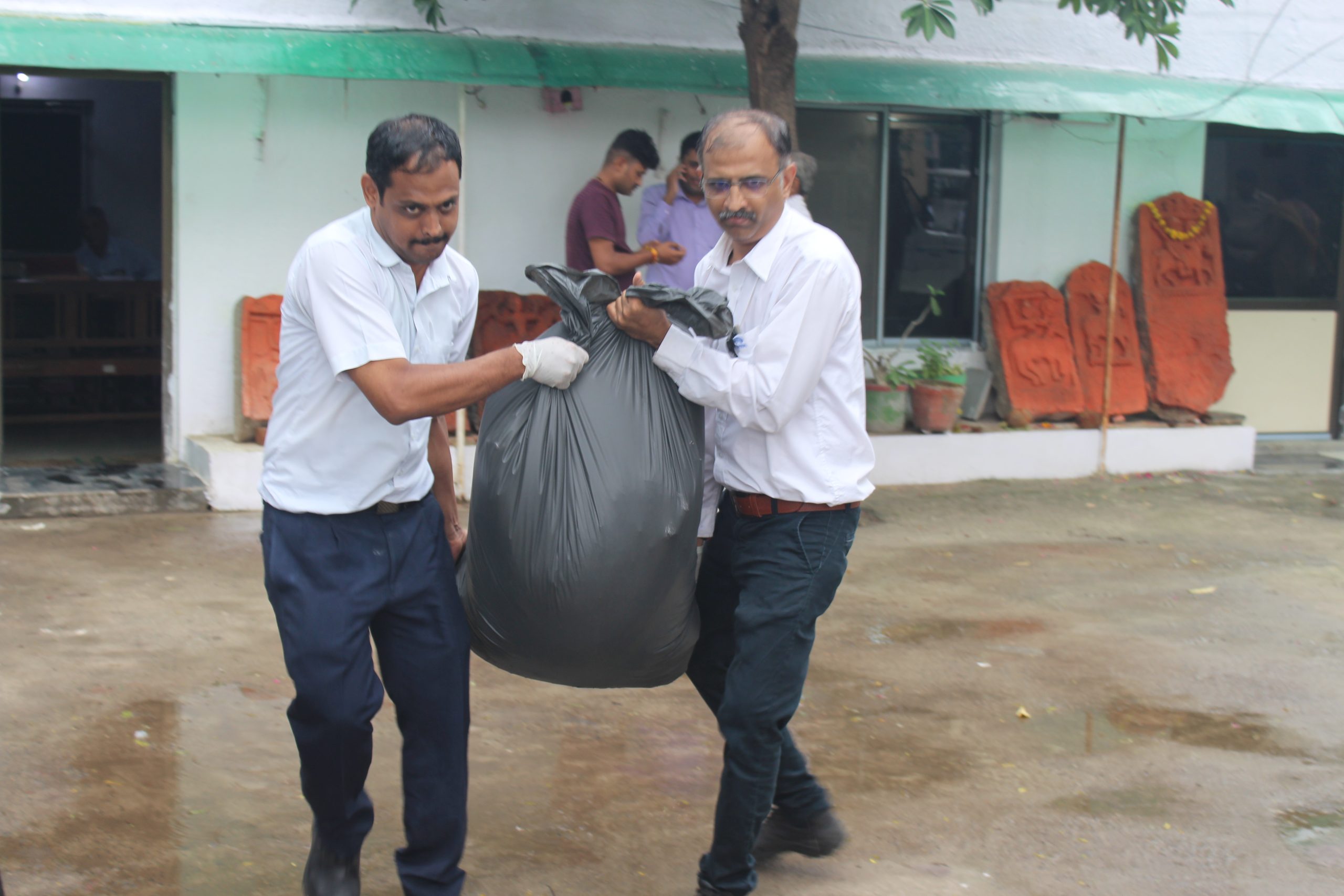
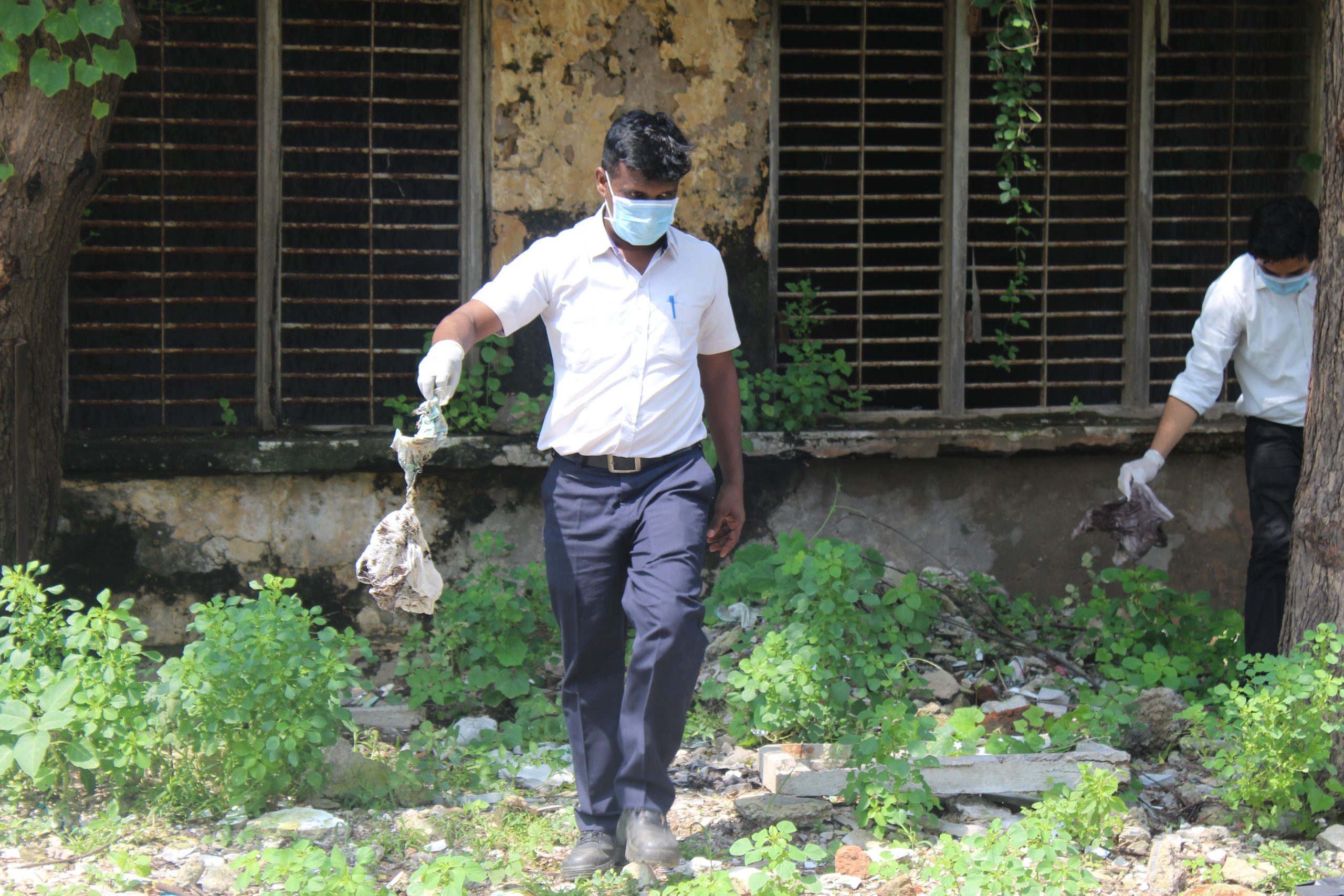

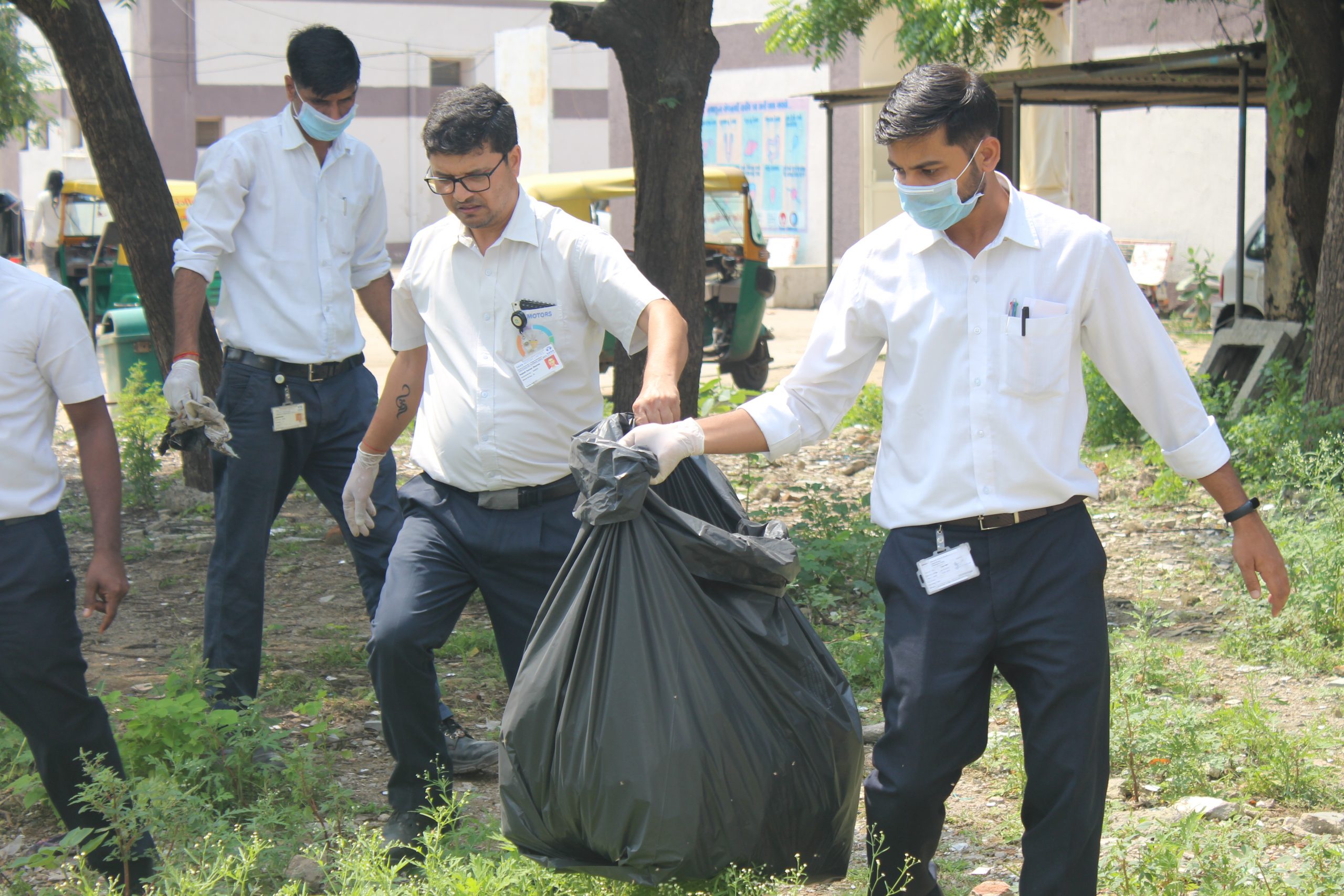
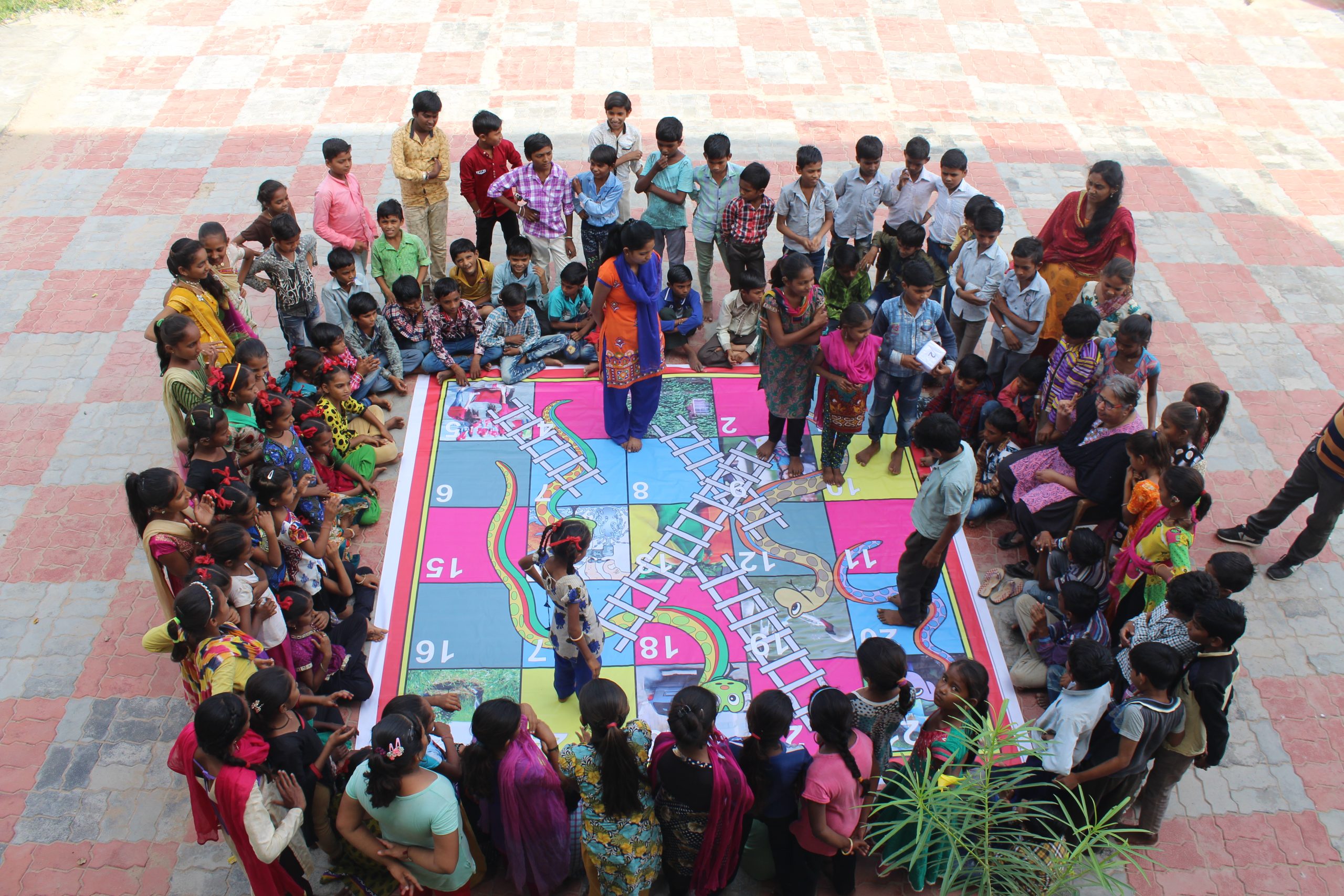
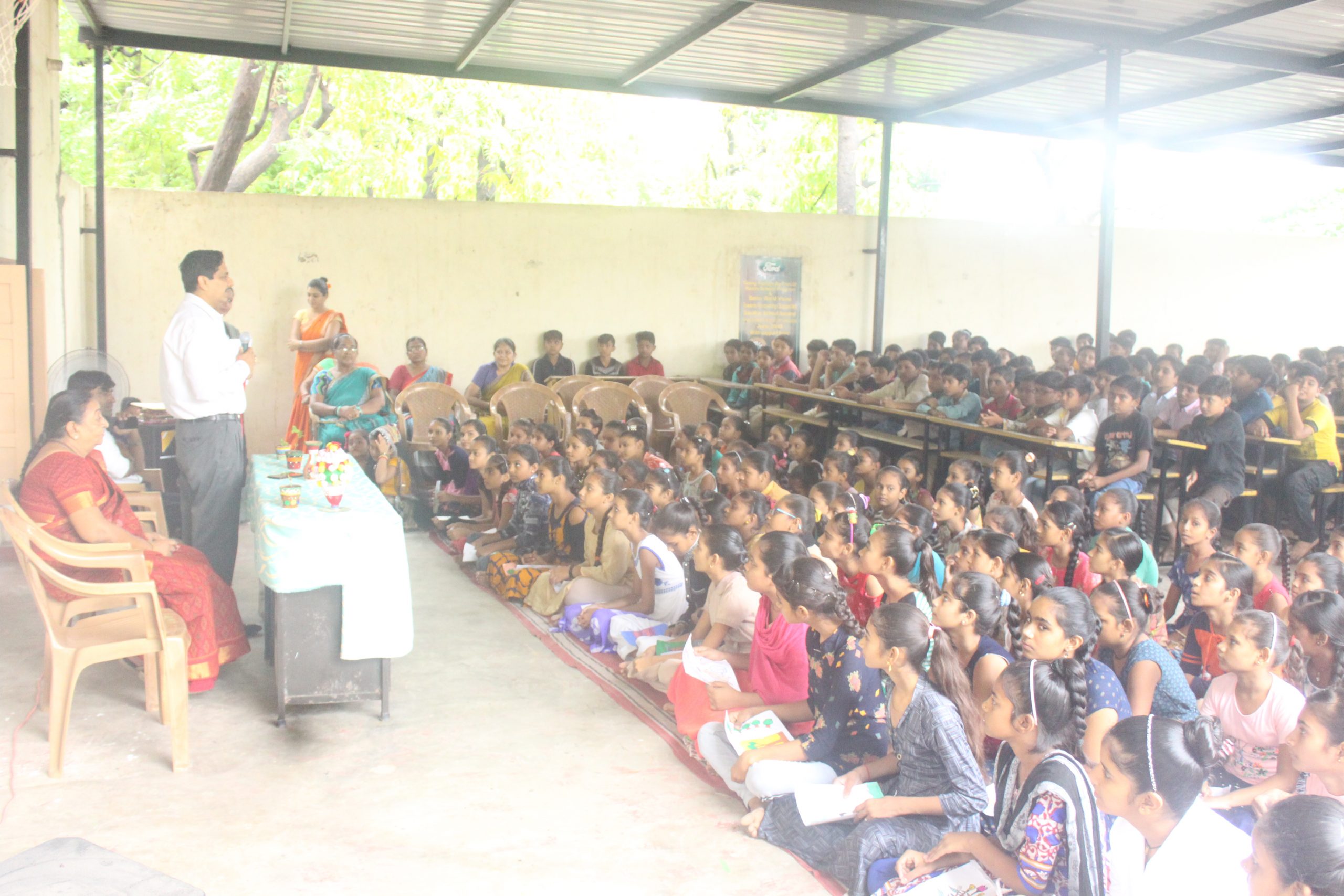

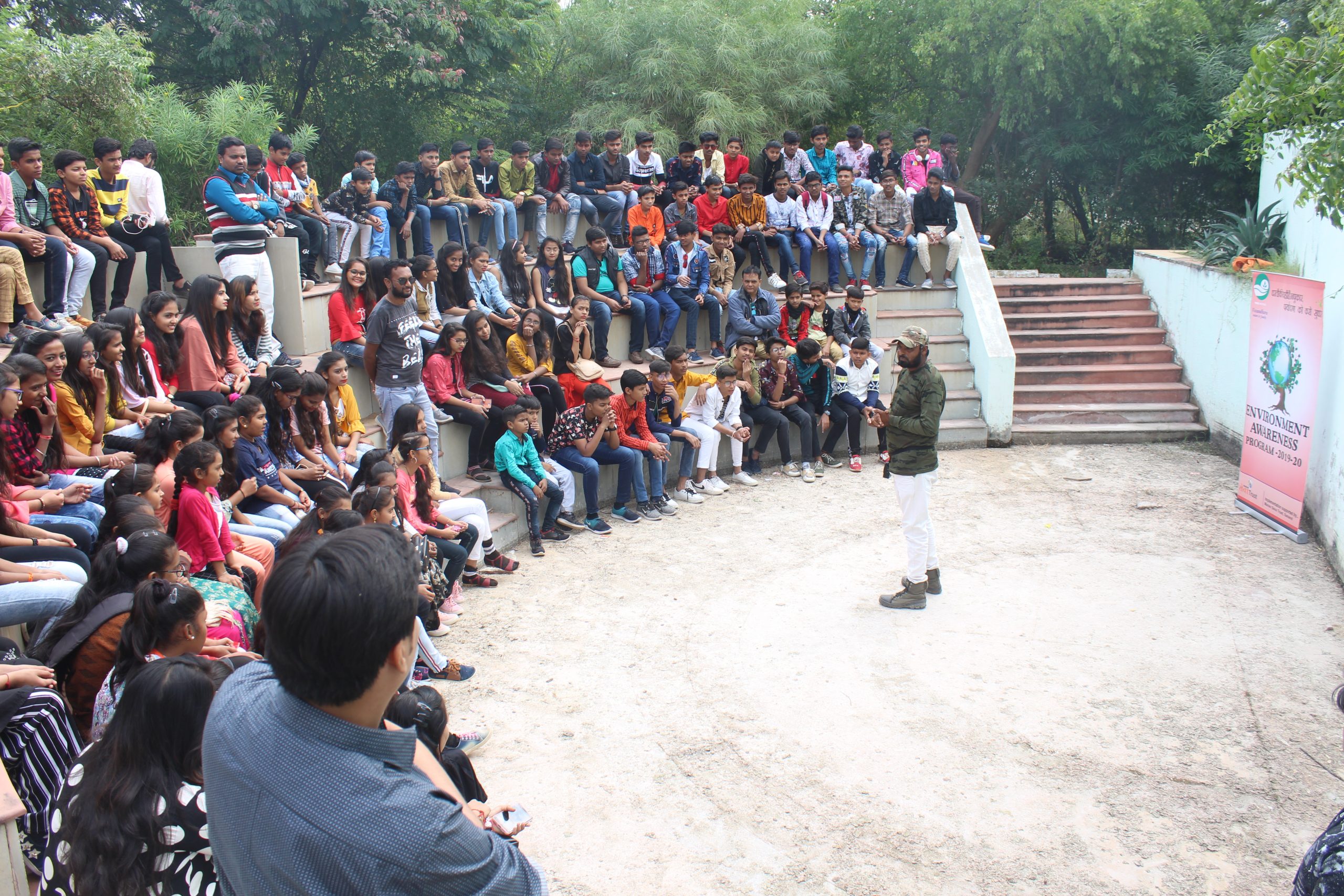
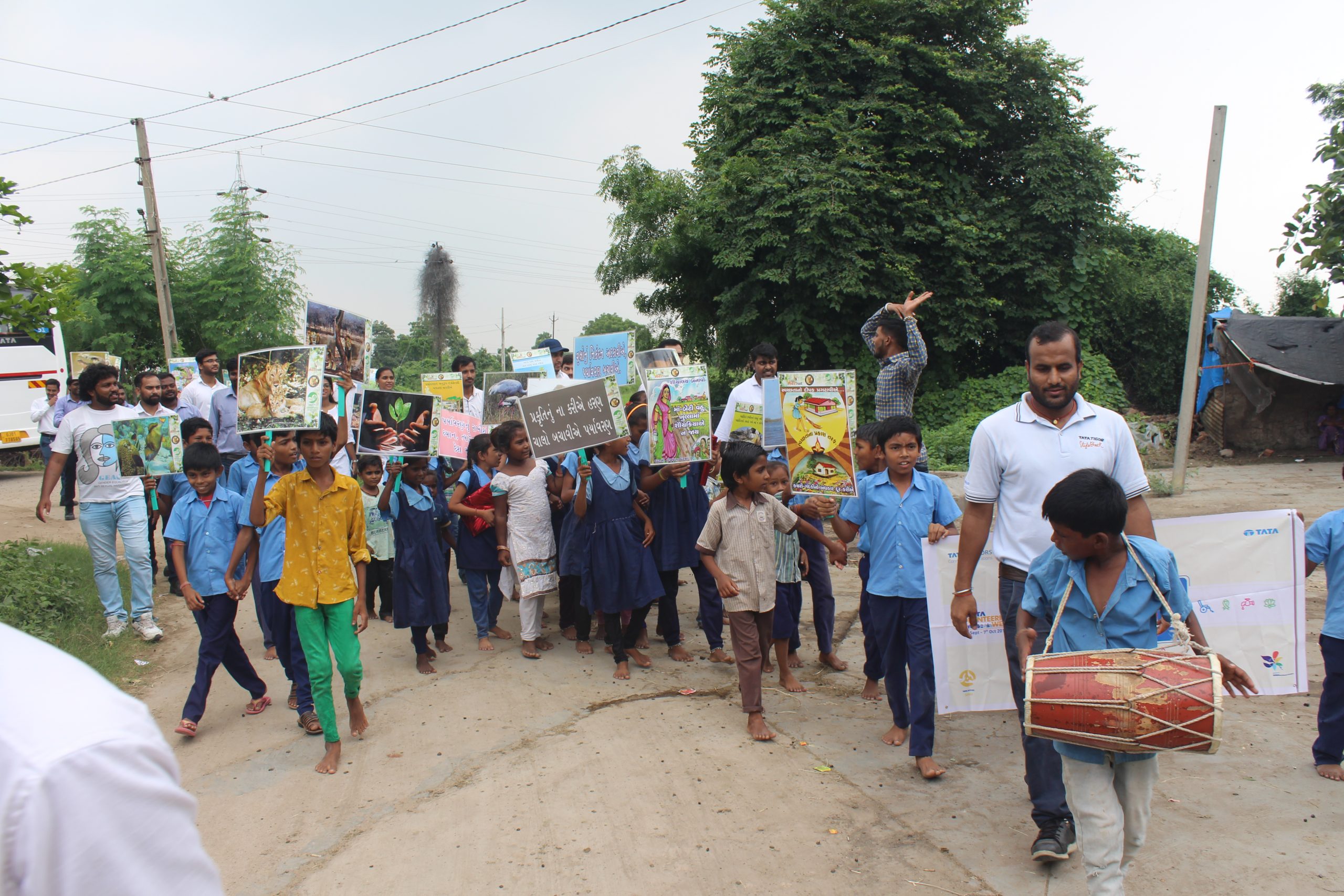
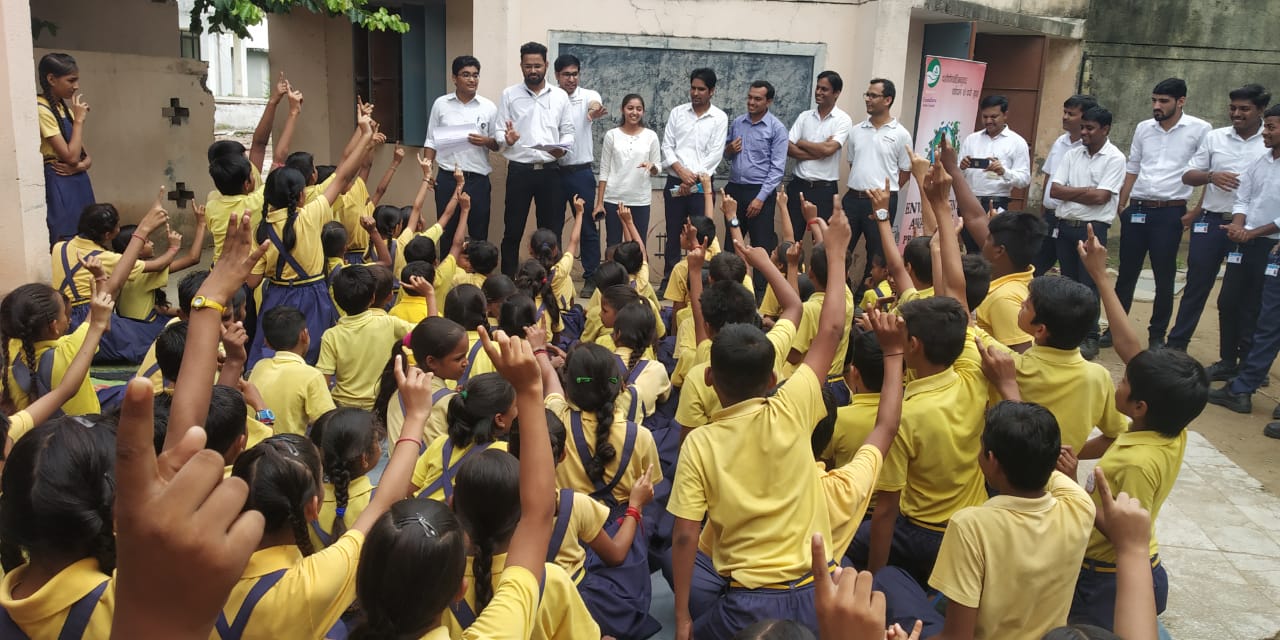

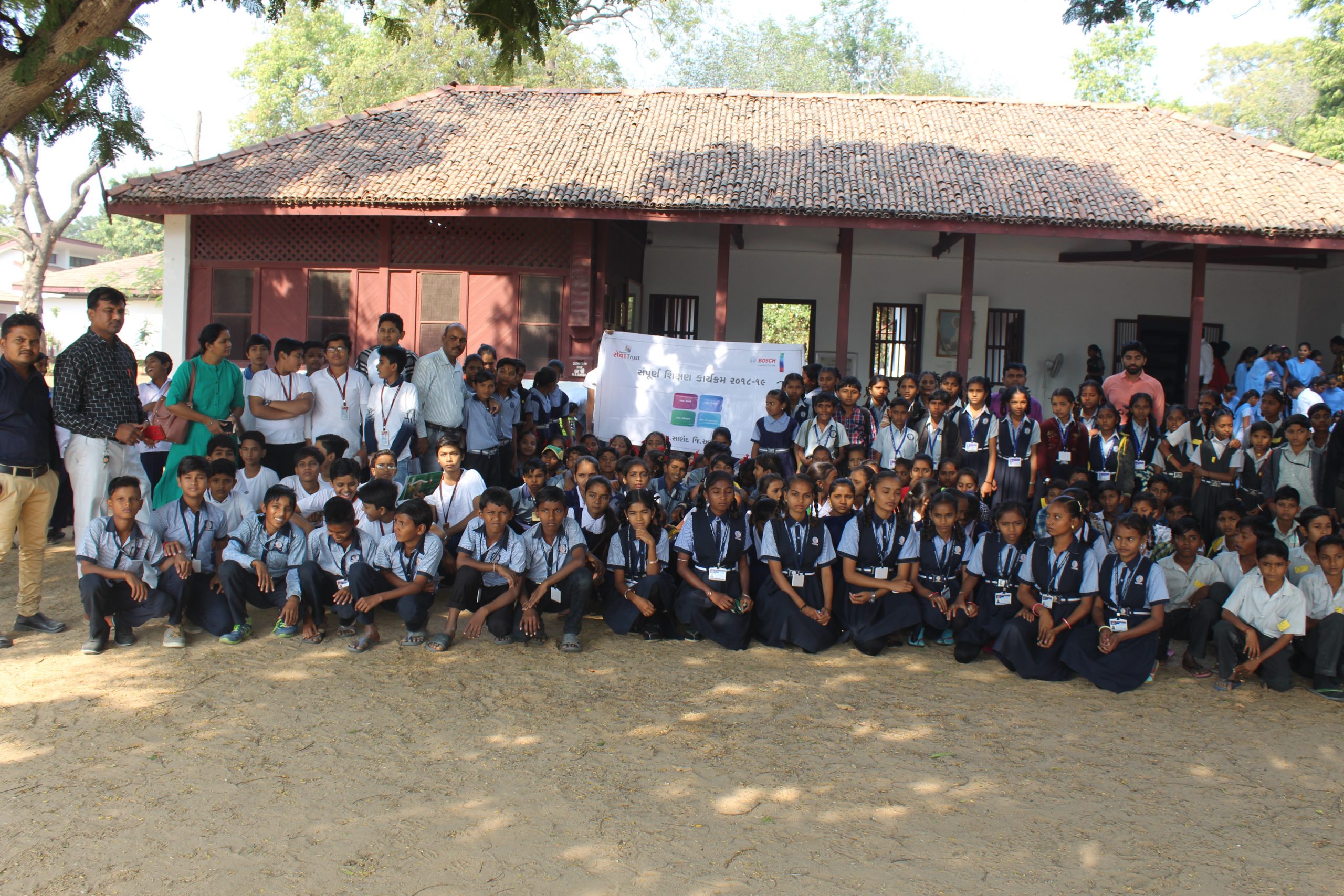










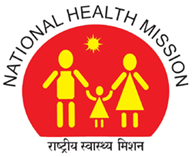

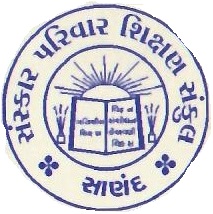




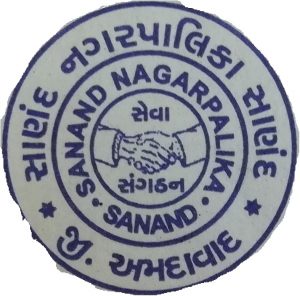

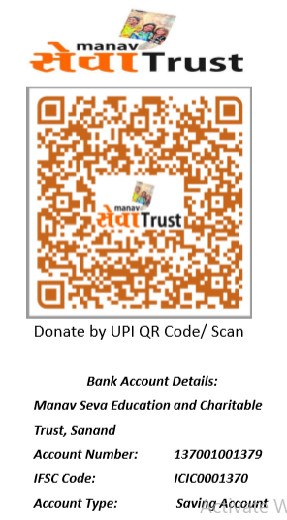
Comments